⚡ Diagnose Why Your Electrical Breaker Keeps Tripping.
A circuit breaker in your main electrical panel or circuit box controls every home’s electrical circuits.
A circuit breaker is a safety switch that cuts the electrical power when a dangerous situation arises.
If your circuit breaker keeps tripping, you may have some electrical system issues.
If a circuit breaker trips, it’s probably doing its job properly.
If you have a circuit breaker that keeps tripping, it’s more than an inconvenience.
It’s an indicator of a more serious problem, such as faulty wiring or short circuits.
You can learn how a circuit breaker works, identify causes when a circuit breaker keeps tripping, assess the safety hazards, and evaluate possible solutions.
⚡ Overloaded Circuit
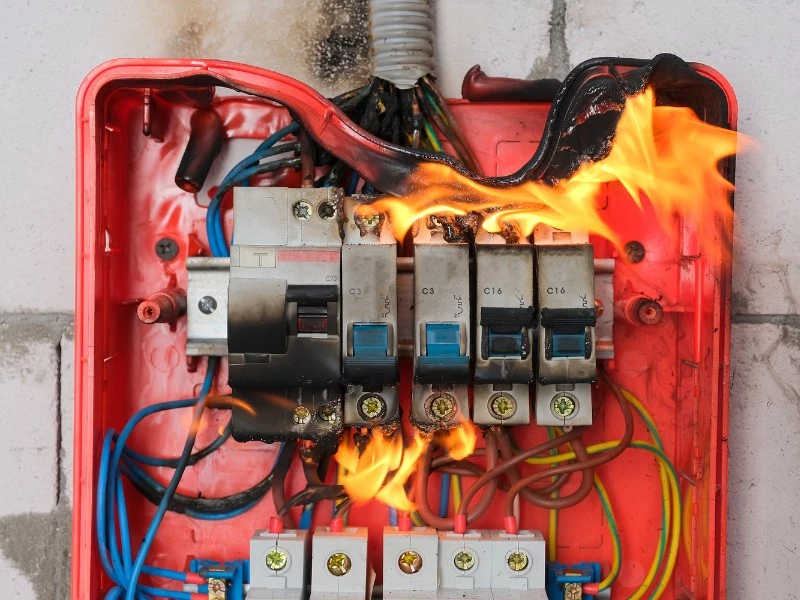
The most common reason for a circuit breaker tripping is because of circuit overload.
As electricity flows, it will heat up the circuit.
A circuit breaker will monitor the heat on the circuit, and if the heat exceeds a certain level for an extended amount of time, it will trip, cutting power to the circuit.
If you have a circuit breaker that trips often, it is possible that you have more electricity on the circuit than the breaker will allow.
The first step to diagnosing circuit overload is to confirm how much amperage load the breaker can handle before the circuit trips.
The most common circuits in your home will be 15-amp circuits.
Each circuit in your home is only allowed to be loaded to 80% of its rated capacity.
To determine the maximum electric current allowed by your circuit breaker, take the marking and multiply by .8.
In the case of a common 15-amp circuit, this will be 12.5 amps.
If there is more electricity than 12.5 amps, the circuit breaker trips.
🧰 Evaluate Your Loads
Identify every device which is on the same circuit.
Next, confirm the rated load of each device.
There should be a rating sticker noting the load, listed in either amps or watts.
If the rating is in watts, divide by the voltage to get the amperage rating.
Lastly, add up the total amps for all devices on that circuit.
If the total is above 80% of the breaker rating, you’ve got too much load, resulting in circuit overload.
When a breaker trips, the most common solution is not to have so much running.
One option is to install a new dedicated circuit to power any large devices that are resulting in overloaded circuits.
🧰 Remove Devices One By One
If you’re having a hard time determining the electrical load, some intelligent testing can narrow down the problem.
Identify devices on the circuit, get the circuit to trip with all loads running, and then remove the loads one by one.
You may find that there is one load that is tripping the breaker. A common example is a space heater.
Even a small space heater can max out a 15 amp circuit.
Once you identify a load that is maxing out the circuit, the solution is clear. Plug it in somewhere else to avoid circuit overload.
🧰 Monitor The Current
To get a clear reading of the current on the circuit, you will need an electrical meter to monitor the current flow.
Use an electrical multi-meter with a clamp-on amp-meter function. This will let you identify circuit overloads.
To use the meter, you will need to open your electrical panel and attach the clamp-on amp-meter to the hot wire of the circuit.
Run all the devices on the circuit until the breaker trips, and note the amperage.
If the breaker trips with the current above 80% of the breaker’s rating, the circuit is overloaded.
If the current never gets above 80% of the breaker’s rating, then overloading is not the problem, and there is a more serious issue.
Opening your electrical panel or fuse box can be dangerous, so use proper precautions and wear safety goggles.
If you are not experienced with this work, contact a licensed electrician.
📗 Related Reading: Homeowners Guide to Electrical Safety
⚡ Loose Connections
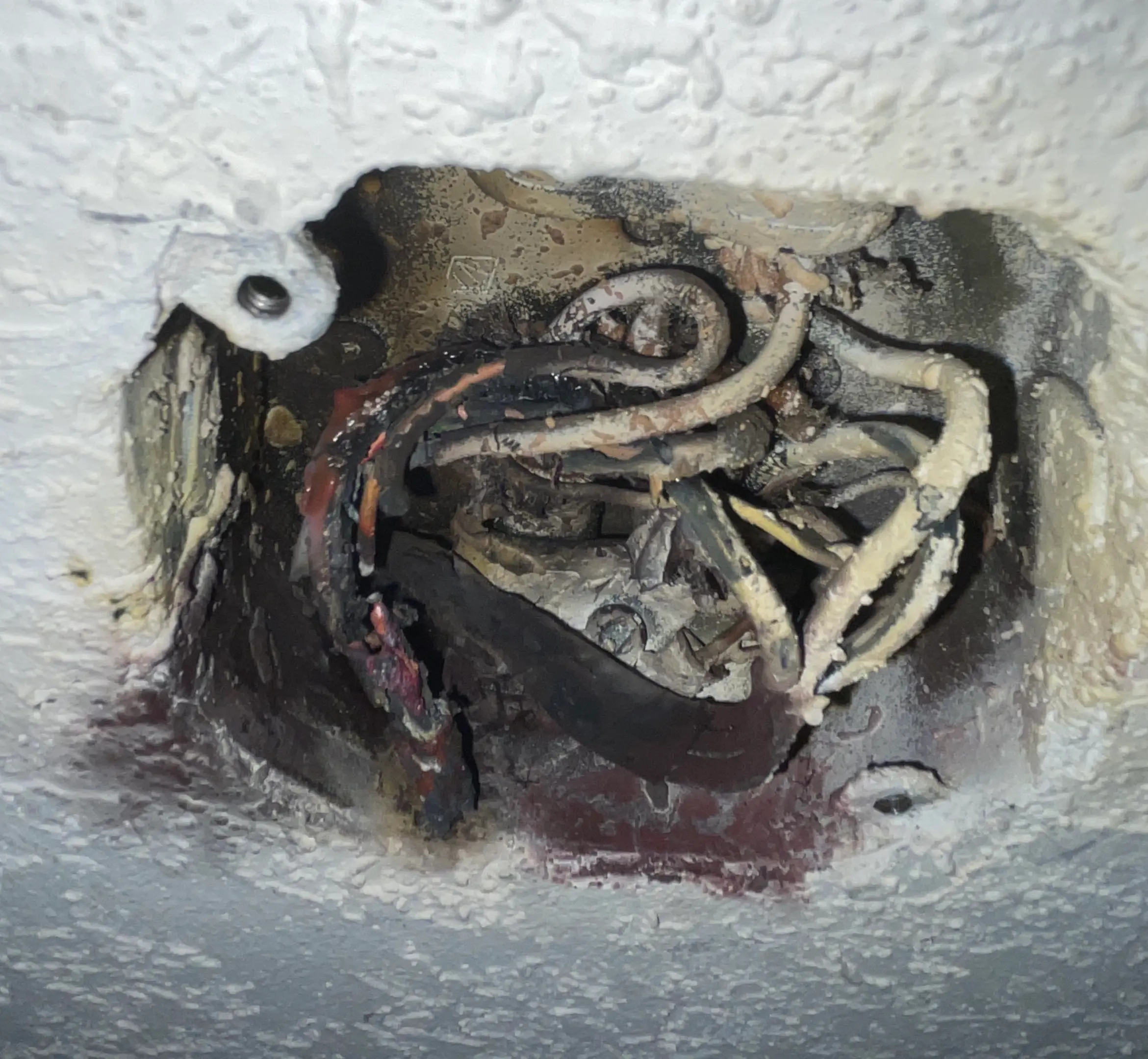
A circuit breaker will trip if it detects an electrical fault (such as a short circuit or ground fault) which is often caused by a loose wire.
Identifying and correcting loose connections can be difficult, so you may want to contact a licensed electrician.
Inspect every electrical outlet, switch, light fixture, and junction box, and examine the wiring connections.
The circuit will be connected either on a terminal screw or with a splice.
A slipped wire could result in hot wires touching ground wires or neutral wires, possibly resulting in an electrical fire.
If a live wire has been touching something it shouldn’t be, you will see black charring at that point.
This may result in damaged wiring.
Any electrical box will be connected to a ground wire, and when an active electrical wire touches a ground wire, a ground fault occurs, resulting in a tripped breaker.
Reconnect the wire securely to the splice or terminal screw.
Loose or corroded wires could be the reason your circuit breaker keeps tripping.
⚡ Defective Electrical Equipment
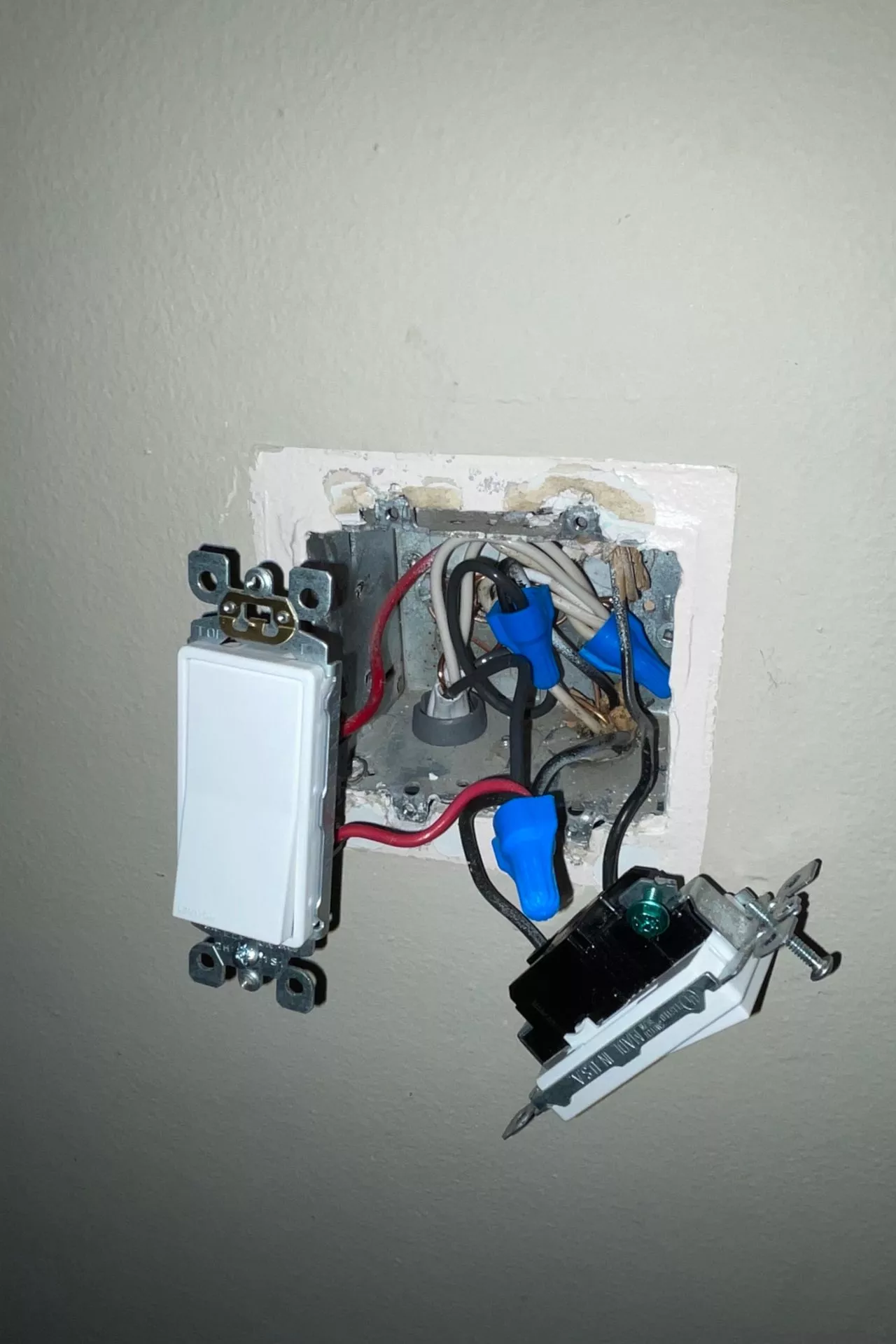
Electrical faults (such as short circuits or ground faults) can occur within devices and appliances.
If a circuit breaker keeps tripping when using a specific device, there may be a wiring fault or a loose wire inside the device.
Using an electrical multi-meter, you can test for continuity between the hot connection and ground and the neutral connection and the ground of the device.
This will help you determine if there is a short circuit or ground fault within the device.
The issue may also be a defective electrical outlet or faulty electrical switch.
If that is the case, the devices or electrical appliances need to be repaired or replaced.
⚡ Frayed Cords
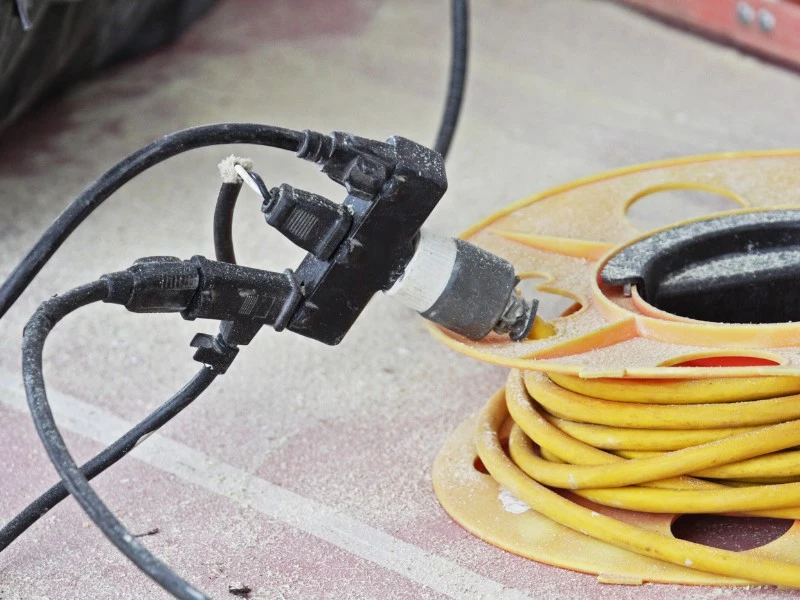
Electrical faults (such as a short circuit or ground fault) can also occur due to frayed cords, resulting in a tripped circuit breaker.
If an extension cord has become damaged, the wires may be touching, and a short circuit occurs, so that may be the cause of the wiring fault.
When you inspect electric cords, you should be able to see this type of damage.
Similar issues can occur with the plug-in cords of a device or appliance.
In either case, if a cord has become damaged, it can result in either a short circuit or a ground fault.
You should either repair electrical cords or replace them.
⚡ GFCI And AFCI Breakers
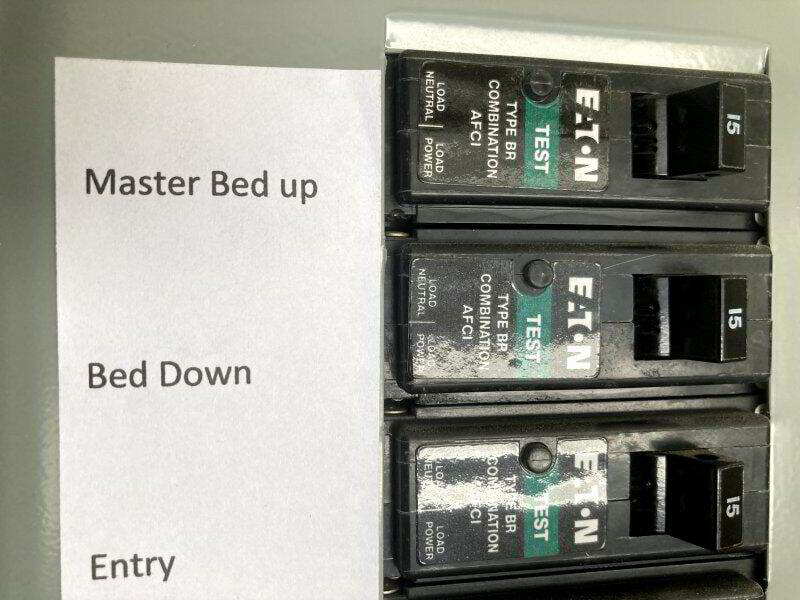
There are two types of breakers aside from the standard circuit breaker: GFCI (ground fault circuit interrupter) and AFCI (arc fault).
These breakers are more sensitive and trip more frequently than standard breakers.
These can be identified by GFCI or AFCI markings and also by the presence of a TEST button on the breaker.
With GFCI and AFCI breakers, there are additional reasons a breaker might keep tripping.
🔌 Water, Moisture, and Ground Faults
Ground fault circuit interrupters protect against ground faults.
GFCI protection is required in areas where ground faults are more likely, meaning damp or wet locations.
If electrical connections have become wet or damp, or if they are exposed to excessive moisture, your GFCI breaker may be tripping repeatedly.
This may also result in corroded wires or a short circuit.
That section of the electrical circuit should be repaired and made waterproof.
🔌 Electrical Arcing
AFCI protection is required by the National Electrical Code (NEC, Section 210.12) on outlets in areas such as living rooms and bedrooms.
They detect small electrical arcs that occur if a plug has become loose.
The most common instance is when an outlet has an adaptor or power bar.
With too many devices plugged into an outlet, they may become loose and slide out of the outlet.
Arcing may occur between the prongs of the plug, resulting in a tripped circuit breaker. This is a serious fire hazard.
🔌 Electrical Motors
Depending on the type of motor, there may be a small amount of electrical arcing occurring internally.
AFCI circuit breakers are very sensitive to this arcing, and it may be impossible to run certain devices on an AFCI breaker.
If you notice that a specific device, such as an electric fan or vacuum cleaning, reliably trips your AFCI breaker, you will probably have to plug it into a different circuit.
⚡ Old and Weakened Breaker
Circuit breakers last for many years, but it is possible for a breaker to simply wear out over time.
When this happens, the breaker will trip when the current is still under the allowable amperage.
If you have monitored the current on the circuit and confirmed that the amperage is under the maximum allowed, an old and weakened breaker may be the issue.
Replacing the breaker with a new one will solve this issue.
⚡ Conclusion

Circuit breakers protect against short circuits, electrical fires, and other electrical malfunctions, and prevent electrical shocks.
If you have a breaker that keeps tripping, it is likely an indicator of a larger issue, which should be addressed.
With some knowledge and understanding, you can learn to diagnose these problems.
As always, electrical power is dangerous, so if you are inexperienced or uncomfortable with home electrical repairs, contact a qualified electrician.
📗 Want to learn more about your home’s electrical system? Check out our other electrical articles in our homeowner series!
Related Reading: Top 10 Common Home Electrical Problems and Solutions

